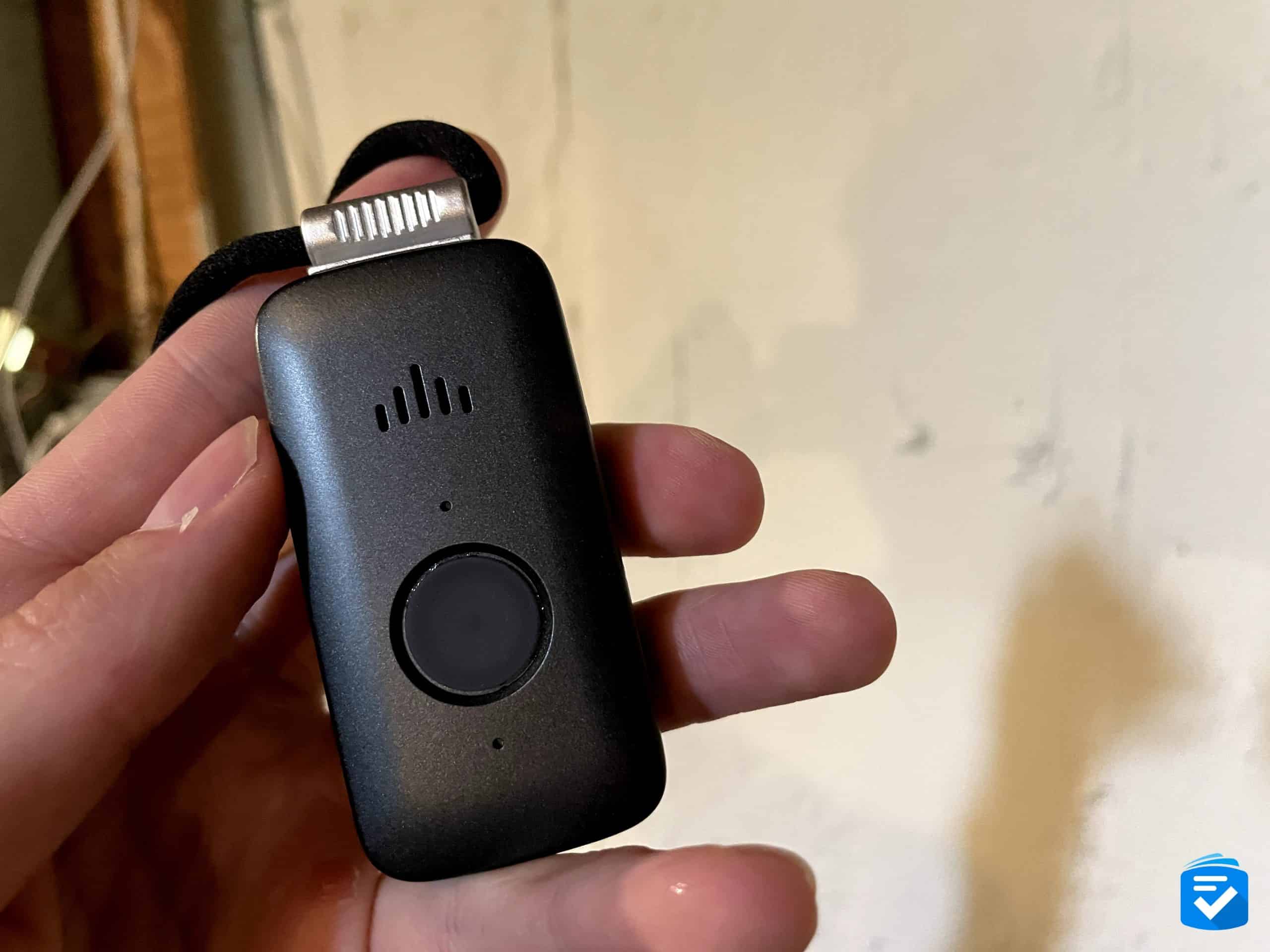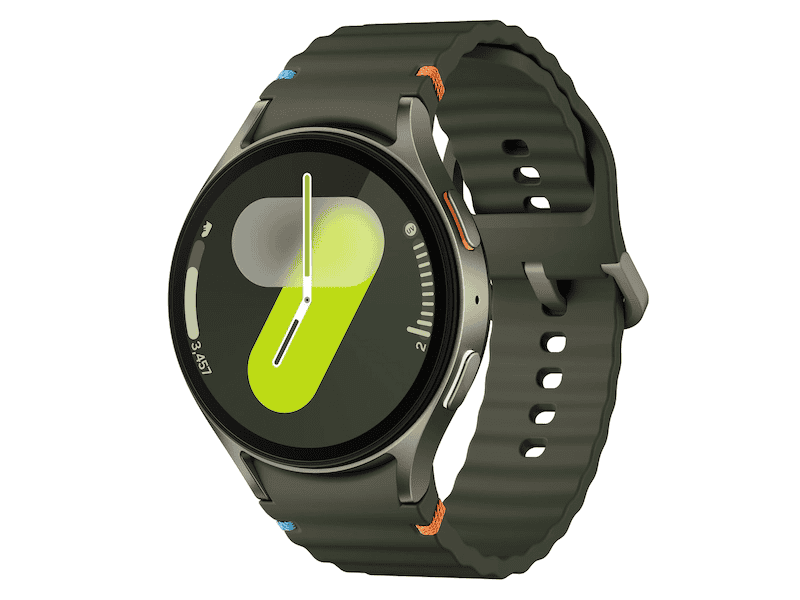Introduction to Telecare Services: What Seniors and Caregivers Need to Know

Caring for an aging parent or loved one is deeply rewarding, but it can also come with some tough decisions. As more older adults choose to age in place, many families are turning to telecare services for support. These smart systems use a combination of sensors, emergency alerts, and 24/7 monitoring to help seniors stay safe and independent at home. With the senior population expected to reach nearly 95 million by 20601, solutions like telecare are becoming more important than ever.
Whether your loved one is recovering from surgery, managing a chronic condition, or simply wants a little extra peace of mind, the right system can offer added safety without sacrificing independence. We’ve routinely tested many telecare options, from basic fall detection devices to full-service remote care platforms. In this guide, we’ll walk you through the key features, benefits, and how to choose the best setup for your family’s needs.
Pro Tip: Don’t wait for a fall or health scare to explore your options. Having a plan in place ahead of time can make all the difference.
What Is Telecare?
Telecare is more than just a medical alert button. It’s a whole system designed to monitor your loved ones’ health, detect emergencies, and connect them to help when needed. Most systems combine several components, including:
- Motion and door sensors to track movement
- Fall detection tools that work automatically
- Vital sign monitoring for blood pressure, blood sugar, and more
- Two-way communication with a 24/7 monitoring center
- Alerts for family members or caregivers
- Integration with doctors or care teams
Did You Know? About one in four adults over 65 falls each year, according to the Centers for Disease Control.2 That’s why automatic fall detection is a must-have feature in a medical alert system or smartwatch.
Types of Telecare Services
It’s important to take your specific needs and situation into account when considering telecare services and systems since they can take many forms. These can range from simple emergency alert devices to full wellness platforms. Here’s a breakdown of what we’ve found:
Emergency Response Systems

Most people might assume that a personal emergency response alert is only a wearable device that connects directly to a monitoring center. But thanks to modern tech, many newer options include fall detection, GPS tracking, and even medication reminders. If you’re planning to purchase a medical alert system, we recommend you look for the following features:
- Fall detection using motion sensors or accelerometers
- Mobile medical alert systems with GPS for help outside the home
- Two-way audio with trained support staff
- Integration with local emergency services
- Optional caregiver alerts
FYI: Many Telecare systems run quietly in the background, offering passive monitoring that only sends alerts when something seems off. This “always-on” approach helps families stay informed without overwhelming seniors with alerts or gadgets.
Health and Chronic Condition Monitoring

Some systems like smartwatches track your vital signs like blood pressure, blood sugar, and heart rate. If your aging family member suffers from chronic conditions, such as diabetes, heart disease or COPD, these systems will be helpful in managing them. Other common features include:
- Daily or weekly health check-ins
- Trend tracking and alerts for out-of-range results
- Secure sharing with healthcare providers
- Weight and sleep monitoring
Social and Emotional Support
Nearly three in 10 U.S. adults ages 65 and older live alone.3 Many of us know or have met seniors who live alone and enjoy healthy social lives. However, there are others who lack much-needed emotional and social support. This social isolation can lead to increase risk of heart disease, stroke, dementia, and even earlier death.
The good news is that many telecare services now recognize that mental health and social connection matter just as much as physical safety. To alleviate concerns about your loved ones’ mental health, some include virtual wellness programs, video chats, and even online support groups to help seniors stay engaged.
Some telecare platforms even connect with smart home devices like smart home security systems, lights, thermostats, and door locks. These systems can detect unusual activity, like leaving the stove on or missing a morning routine, and alert caregivers right away.
Key Benefits of Telecare
While Telecare can’t prevent emergencies, they can provide immediate service for seniors in need, offering invaluable support for older adults and their families.
Round-the-Clock Safety
With 24/7 monitoring, you don’t have to worry about what happens if someone falls while alone or forgets to take their medication. Many systems are designed to respond automatically, even if the person can’t press a button.
Early Detection of Health Concerns
Telecare can flag small changes, like minor dips in activity or blood pressure, to signaling something more serious by tracking daily routines and health data. Catching these early can prevent hospital stays or note health declines.
Extended Independence
Most older adults want to remain at home as long as possible. With telecare, many can do just that, safely and confidently. While some systems may cost $50 to $600 a month, depending on services, that’s still significantly less than assisted living, which can be costly. As of July 2025, the average cost of an assisted living community in the U.S. is $5,900 per month, while a semi-private room in a nursing home costs $9,277, and a private room costs $10,646.4
How to Choose the Right Telecare System
Every senior has different needs, so the best system depends on your loved one’s health, lifestyle, and preferences. Start by asking:
- Do they need help managing a health condition?
- Are they at risk for falls?
- Do they live alone or with someone?
- How comfortable are they with technology?
- Would social connection or mental health support help?
Bring their doctor into the conversation if need be; often, they often recommend specific monitoring features or help determine risk levels. Next, compare providers on:
- Coverage area and 24/7 availability
- Response time and emergency protocols
- Ability to share info with healthcare teams
- Caregiver communication tools
- Equipment reliability and ease of use
Ask for demos or trials before committing. A hands-on test can quickly reveal whether a system will work in real life. Plus, many companies offer trial periods with money-back guarantees so there’s no financial risk to trying out a product or service.
The Cost of Telecare
Costs vary depending on what features you need. Basic systems may cost around $30 to $80 per month, while full health and safety monitoring can range from $200 to $600 monthly. Don’t forget to check:
- Whether the equipment is rented or purchased
- Installation or activation fees
- Add-ons like GPS, medication reminders, or caregiver alerts
Insurance coverage also varies:
Medicare: Typically, original Medicare does not cover telecare services such as emergency alert systems or remote monitoring. However, some Medicare Advantage (Part C) plans may include these benefits, especially if they’re considered medically necessary or fall under supplemental benefits. It’s important to review your specific plan details or speak with a plan representative to confirm coverage.
Medicaid: Medicaid coverage for telecare varies by state. Some state Medicaid programs offer waivers or home and community-based services (HCBS) that may include remote monitoring or alert systems as part of in-home care support. Families should contact their state’s Medicaid office to explore local options.
VA benefits: Veterans who are enrolled in VA health care may qualify for telecare-related benefits, especially if they are aging in place or managing a chronic condition. Programs like the VA’s Home Telehealth initiative, also called Remote Monitoring, may cover certain types of monitoring equipment or services.
Long-term care insurance: Some long-term care insurance policies include coverage for telecare tools, especially if they are part of a broader home care plan. Coverage will depend on the policy’s specific terms and whether telecare is deemed necessary for safety or ongoing support. Be sure to review your policy documents or speak with your insurance provider for details.
Getting Set Up
Once you choose a provider, most offer professional installation and training to get started. Here’s what to expect:
- A home visit to assess layout and risk areas
- System setup and connection testing
- Walkthrough of emergency response features
- Setup of caregiver or family notifications
- Training for both the senior and their caregivers
Allow for a few weeks of adjustment. It’s normal for seniors to need time to get comfortable with new routines or devices.
How to Talk to Your Loved One About Telecare
Talking to a loved one about telecare services may be delicate. This is particularly true if they’re unsure about new technology or afraid of losing their independence. It’s essential to frame the services as helpful tools that empower rather than restrict their freedom. Make it clear you want them to stay safe while living at home.
Choose a calm moment to begin the conversation. A helpful opener might be, “I know you value your independence, and I want to make sure you can stay safe and comfortable at home for as long as possible.” Emphasize that telecare isn’t about surveillance. Rather, it’s about having help nearby if it’s ever needed.
Common Concerns (and How to Solve Them)
To alleviate your loved ones’ concerns, make sure they take an active role in decision-making. You can let them see simple the devices can be, whether that’s a wearable emergency button or a motion sensor that quietly alerts you. People also relate to relate-life examples, so be sure to share anecdotes from friends or neighbors who’ve used the services successfully.
Above all, listen to their concerns. Whether it’s about cost, privacy, or feeling like a burden, reassure them that telecare is one small way to support their goals, not take away their control. Framing it as a shared effort can turn a hard conversation into a productive plan for staying safe, independent, and connected. Here are some common concerns you might encounter, and the best ways to respond:
Privacy worries: It’s natural to feel nervous about cameras, sensors, or data sharing. Look for systems that store data securely, meet HIPAA requirements, and let you control who sees what.
Tech stress: If your loved one is nervous about new devices, choose systems with simple buttons and easy instructions. Some require almost no interaction once they’re set up.
Cost questions: Telecare costs less than in-home care or assisted living, and some providers offer flexible pricing or financial aid programs.
Final Thoughts
Telecare doesn’t replace human care, but it does add a valuable layer of safety, especially when family members can’t be there all the time. With the right system, seniors gain more independence and families gain peace of mind.
Whether you’re starting to plan or responding to a recent health scare, telecare offers smart support for today’s aging challenges. And as technology improves, it’s likely to become an even more essential tool for aging in place.
Frequently Asked Questions
-
Can you get telecare for free?
No, Telecare isn’t generally free. However, you may find a few programs that cover the cost. Medicaid waivers, VA benefits, or certain nonprofit organizations may assist qualified individuals. Some local Area Agencies on Aging also provide free or discounted devices for low-income seniors. It’s worth calling your local agency to ask about available resources.
-
Do I need a landline for telecare?
No, you do not need a landline for telecare services anymore. While some older systems require a landline, most modern telecare devices work over cellular networks or Wi-Fi. This gives families more flexibility, especially for seniors who no longer use a traditional home phone. Be sure to check the system requirements before choosing a provider.
-
How can I get a free medical alert system?
You may qualify for a free medical alert system through a Medicare Advantage plan or VA health benefits. Some hospitals or community health programs also loan devices to seniors after a hospital stay. If you don’t qualify for a government program, look into nonprofit organizations or senior assistance programs in your area.
-
What is the difference between telecare and telehealth?
Telecare refers to safety and monitoring systems like fall detectors, emergency buttons, and remote sensors that help seniors live independently at home. Telehealth, on the other hand, involves virtual visits with doctors or nurses for health-related concerns. Both can work together, but telecare focuses on daily safety while telehealth covers medical care.
-
What is the difference between a caretaker and a caregiver?
While these two words are often used interchangeably, “caretaker” can refer to someone who cares for a building or environment as well as a person, whereas a “caregiver” is only someone who cares for another person.
